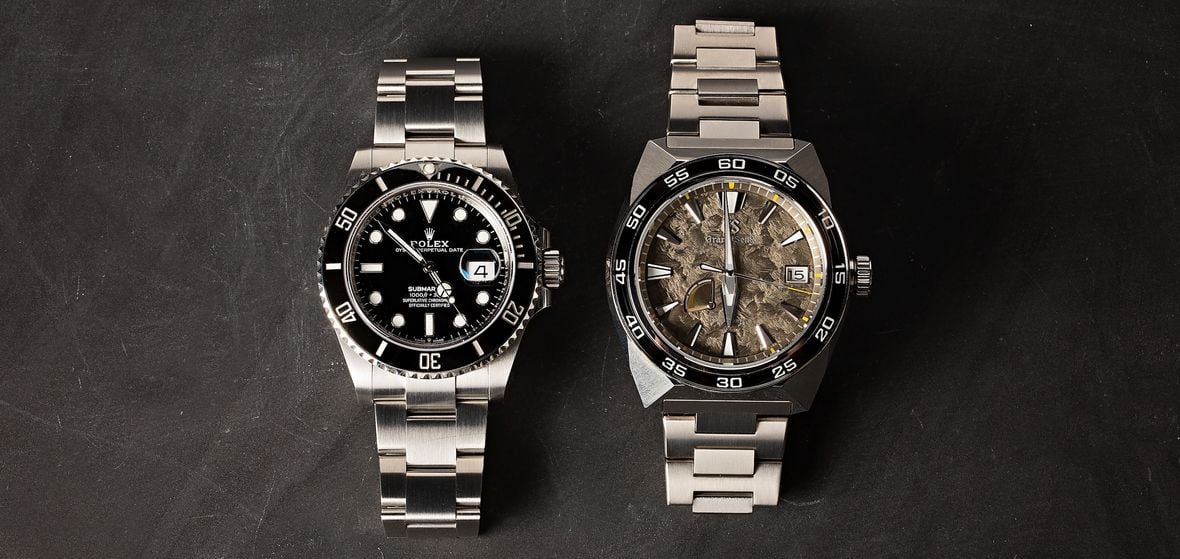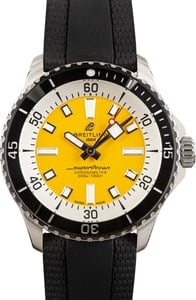Gold has always been a precious and sought-after material, especially in luxury watches. Its value, rarity, and timeless appeal have made it a staple in the industry. Yet, with gold prices on the rise, luxury watch brands find themselves facing new challenges and opportunities when producing gold luxury watch pieces. In this article, we’ll explore how the surge in gold prices is impacting the luxury watch market and how brands are adapting to these changes.
The Rising Cost of Gold
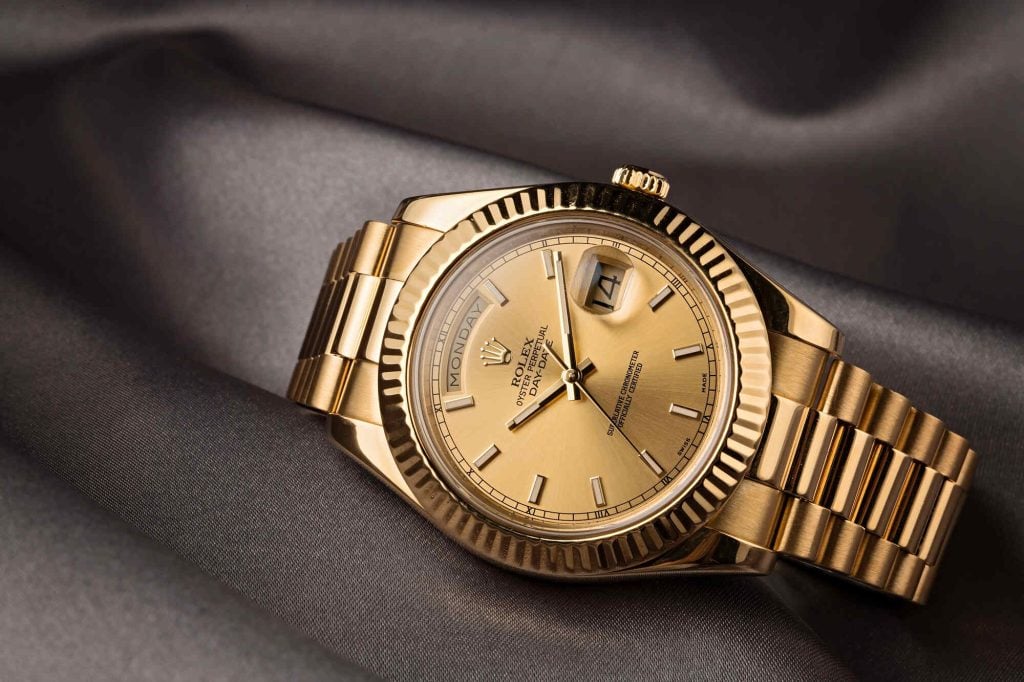
The price of gold has been on an upward trajectory, and over the last few years, it has reached all-time highs. This sharp spike in gold prices will have serious implications for the luxury watch industry, with many high-end timepieces featuring gold in their cases, bracelets, and other components. Here’s what watch enthusiasts, and industry professionals need to know about the most important factors contributing to the gold price hike.
Current Gold Prices Compared to the Beginning of 2024
As of June 2024, the price of gold has risen a remarkable 17%, from around $2,000 at the start of the year to a peak of over $2,400 in May. Despite a slight dip in early June to $2,343, gold prices remain significantly higher than they were just six months ago.
This substantial increase in gold prices has put pressure on luxury watch brands, as the cost of producing gold watches has risen. Brands must now tread warily when costs are escalating, all the while still maintaining their reputation for quality and craftsmanship.
Factors Contributing to the Increase in Gold Prices
Several factors have contributed to the increase in gold prices over the past year. One of the primary drivers is the ongoing economic uncertainty, which has led investors to seek safe-haven assets like gold. With the global economy facing challenges, many investors see gold as a safe haven.
Furthermore, the weakening of the U.S. dollar has contributed to the rising cost of gold. It’s important to note that as the dollar loses strength (relative to other currencies), the price of gold tends to increase, as it is typically priced in U.S. dollars.
Historical Context of Gold Price Fluctuations
To put the current rise in gold prices into full perspective, it’s essential to consider the historical context of gold price fluctuations. Over the past few decades, gold prices have experienced great highs and significant lows, often these periods were in response to global economic events.
For example, during the 2008 financial crisis, gold prices climbed as investors sought refuge amidst market turmoil. Similarly, the economic worries of the recent COVID-19 pandemic in 2020 led to a sharp increase in gold prices.
Rolex’s Response to Rising Gold Prices
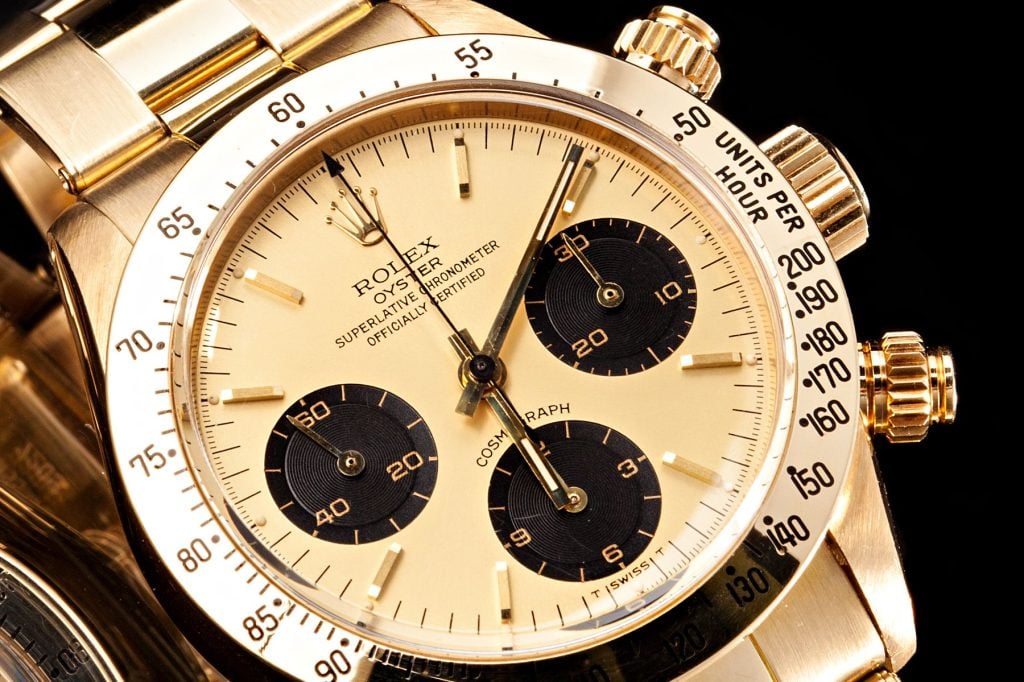
As one of the most iconic and influential luxury watch brands, Rolex’s response to the rising cost of gold is closely watched by the industry. In 2024, the brand implemented a series of price increases, focusing primarily on its precious metal models, such as their gold Rolex watches. By strategically adjusting prices, Rolex aims to maintain its profitability and prestige in the face of higher gold costs.
Rolex’s Two Price Increases in 2024
Rolex has implemented two separate price increases in 2024, with the first taking place on January 1 and the second one on June 1. These increases came as a direct result of the increasing price of gold, which has put pressure on the brand’s margins.
The price hike on June 1, coming on the heels of a 17% increase in gold prices since the start of the year, focused primarily on Rolex’s precious-metal references. By focusing on gold models, Rolex can offset the higher production costs with minimal impact on its steel watches, which remain more accessible to a broader range of consumers.
Price Hikes Focused on Precious Metal References
The price hikes from Rolex in 2024 have been specifically aimed at its precious metal references, with the highest price increases put into effect on its gold watches. This strategic approach allows the brand to maintain its profitability in the face of rising costs without alienating consumers who prefer stainless steel Rolex models.
Gold watches have seen their prices rise roughly 4%, which is in line with the overall rise in gold prices. By focusing on precious metal references, the Rolex brand can continue to protect its profit margins while still offering a range of options for consumers with different budgets and preferences.
Steel Watches Spared from Price Increases
In a move that has been welcomed by many watch enthusiasts, Rolex has chosen not to increase prices for its steel models in 2024. This decision is a testament to the brand’s commitment to maintaining accessibility for a wider range of consumers.
By avoiding price hikes for steel watches, Rolex can continue to attract new customers and retain the loyalty of existing ones. This strategy also helps to preserve the value and desirability of steel Rolex models, which are often seen as a more affordable entry point into the world of luxury watches.
Examples of Specific Price Increases for Gold Models (e.g., Yacht-Master, Day-Date, Submariner, Daytona)
Rolex’s price increases for gold models have been consistent across its various watch collections. For example, the 40mm Rolex Yacht-Master in rose gold has seen a $1,300 price increase, bringing its starting retail price to $34,500. With a 4% increase, this aligns with the overall rise in gold prices.
Similarly, the 40mm Day-Date in white gold has seen a $1,800 price hike, a 3.8% increase over the past six months. The Submariner and Cosmograph Daytona have also seen price adjustments, with the white gold models increasing by $1,950 each, a 4% and 4.1% increase, respectively.
Impact on Other Luxury Watch Brands
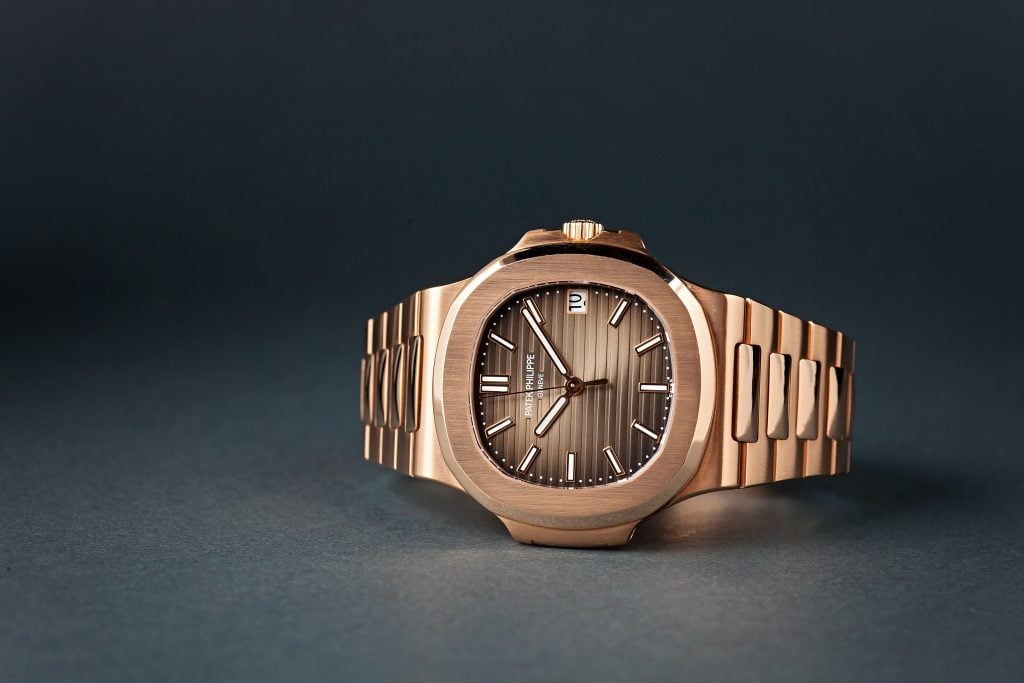
In the luxury watch world, plenty of brands are grappling with the same challenges as Rolex is facing in response to increasing gold prices. Implementing price increases to explore alternative materials are among the several strategies brands are employing to remain competitive in an ever-changing market.
How Other Brands Are Responding to Rising Gold Costs
Like Rolex watches, many other luxury watch brands have been forced to adjust their prices in response to the rising cost of gold. Some brands have opted for more frequent, smaller price increases, while others have implemented larger, one-time hikes.
Each brand has taken a different approach to these changes, as they factor in their market positioning, target audience, and core business strategy. However, the common aim is to maintain profitability and uphold brand prestige, all the while navigating the challenges posed by higher gold prices.
Comparison of Price Increases Across Different Luxury Watch Brands
While Rolex has hiked the price for its gold models by about 4%, other luxury watch brands have seemingly implemented varying levels of price hikes. Some brands have opted for more modest increases, while others have been more aggressive in their pricing adjustments.
For example, Omega watches has implemented price increases of around 2-3% for its gold models, while Cartier watches has raised its prices by approximately 5%. Patek Philippe, known for its high-end luxury timepieces, has seen price hikes of up to 7% for some of its gold references.
Strategies Employed by Brands to Mitigate the Impact of Rising Gold Prices
In addition to raising prices, luxury watch brands are also exploring other various strategies to mitigate the impact of rising gold costs. One approach is a strong focus on developing models with alternative materials, such as stainless steel, titanium, or ceramic, which offer similar durability and aesthetic appeal, but at a lower cost.
Another strategy is optimizing production processes and supply chains to lower overall costs. This may involve further investment in new technology, streamlining operations, or even negotiating better terms with suppliers. By finding ways to improve efficiency and reduce expenses, brands can help to offset the impact of higher gold prices.
Effect on Consumer Behavior
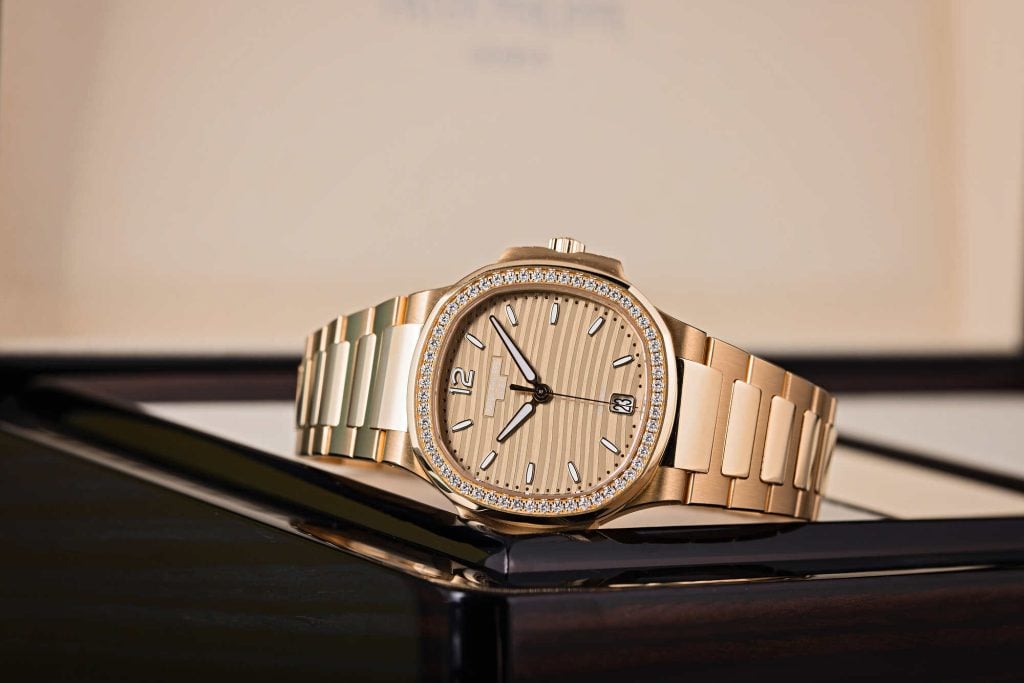
As luxury watch brands continue to adjust to the rising cost of gold, consumer behavior is also expected to face some changes. Price increases may influence purchasing decisions, leading to a potential shift in demand towards more affordable stainless steel watches or other materials. The secondhand luxury watch market is also likely to be impacted, as consumers seek out more affordable options or are looking to capitalize on the increased value of their existing gold timepieces.
How Price Increases May Influence Consumer Purchasing Decisions
The rising cost of gold watches may lead some consumers to reconsider their purchasing decisions. Those who had previously desired a gold luxury watch may now find the price point less attainable, ultimately steering them towards steel models or exploring alternative brands.
However, for certain consumers, the higher prices may help underscore the perceived value and exclusivity of gold watches. These individuals may also view the price increases as a mark of the desirability and the long-term investment potential of gold watches.
Potential Shift in Demand Towards Steel Watches or Other Materials
As gold watches become more expensive, there may be a shift in consumer demand towards steel models or watches made from alternative or non-gold materials. Steel watches have always been favored among luxury watch enthusiasts, as they are durable, versatile, and considerably more affordable.
With gold prices on the rise, steel watches may become even more attractive to consumers looking for high-quality timepieces without the premium price tag. Additionally, the growing popularity of materials like titanium and ceramic may lead to an increase in demand for watches featuring these innovative substances.
Impact on the Secondhand Luxury Watch Market
It is likely that the increasing value of gold will change the face of the secondhand luxury watch market massively. As the prices of new gold watches increase, the value of existing gold timepieces is likely to follow. This may lead to more owners looking to sell their gold watches to take advantage of their increased value.
At the same time, the higher prices of new gold watches may also drive more consumers to consider purchasing pre-owned pieces. For some, the secondhand market offers an opportunity to acquire a high-quality gold watch at a more affordable price point, making it an extremely attractive option for those looking to invest in a luxury timepiece.
Industry Outlook and Predictions
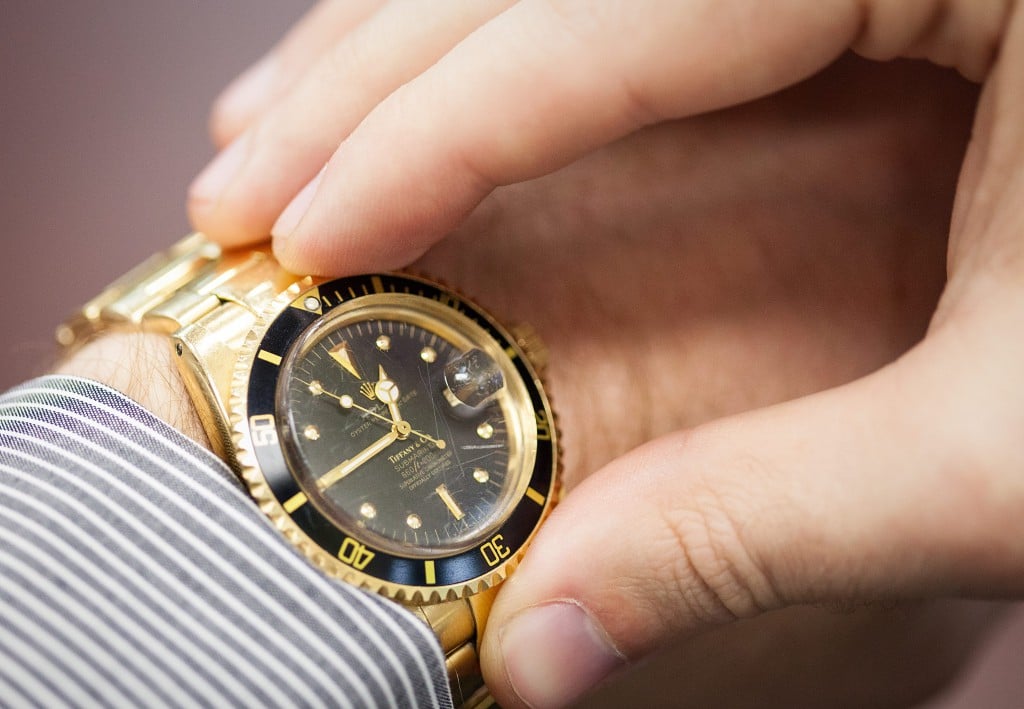
As the luxury watch industry continues to navigate the challenges posed by rising gold prices, it is essential to consider the potential future trends and strategies that many luxury watch brands may adopt. By staying attuned to market conditions and changes in consumer preferences, brands can stay competitive and continue to innovate in the face of changing circumstances.
Potential Future Trends in Gold prices and Their Impact on the Luxury Watch Industry
Predicting the future of gold prices is a complex topic, as many economic and geopolitical factors can influence the market. Nevertheless, many experts believe that gold prices are likely to remain high, as ongoing economic uncertainty and the potential for further inflation to occur persist.
If gold prices continue to rise, luxury watch brands may need to further adapt their strategies. This could lead to a greater emphasis on the use of alternative materials, the development of new technologies aimed at reducing production costs, or an increase of focus on new markets and consumer segments.
Strategies Luxury Watch Brands May Adopt to Remain Competitive
Amid the backdrop of climbing gold prices, luxury watch brands may have to adopt a variety of tactics to stay competitive. Some brands will look to innovate and differentiate, developing new products and features that will ultimately set them apart from their competitors.
Brands may also seek to better their relationships with their customers, offering personalized experiences and exclusive benefits to foster loyalty and create meaningful interactions. Additionally, embracing digital technology and e-commerce platforms can help brands reach new audiences and streamline their internal and external operations.
Opportunities for Innovation and Exploration of Alternative Materials
The challenges posed by rising gold prices also present newfound opportunities for innovation and creativity within the luxury watch segment. Brands that are willing to experiment with alternative materials and new technologies may be able to improve upon their individuality and help them create compelling products that will ultimately resonate with their consumers.
For example, the use of recycled or sustainable materials could appeal to environmentally conscious consumers, while the integration of smart features and connectivity could attract younger, and more tech-savvy buyers. By embracing innovation and exploring new possibilities, luxury watch brands can position themselves for success in a constantly changing market.
Conclusion
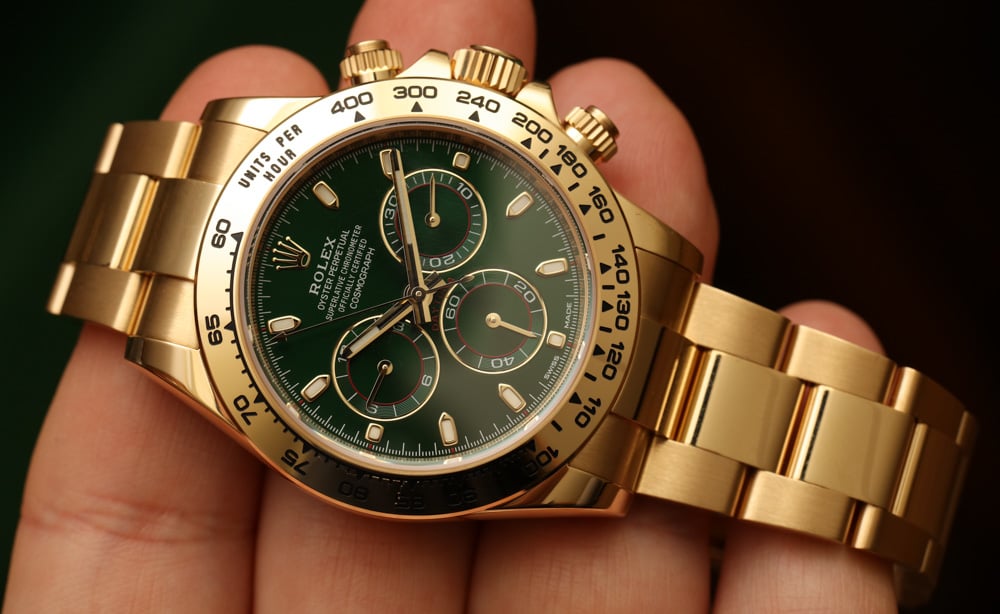
The rising cost of gold presents both challenges and opportunities for the luxury watch industry. As brands navigate this dynamic landscape, it is essential to remain adaptable, innovative, and attuned to consumers’ evolving needs and preferences.
Throughout this article, we have discussed the various ways that the industry has responded to the surge in gold prices. From Rolex’s strategic price hikes to the increased focus on using alternative materials and new technologies, brands are demonstrating their resilience and commitment to excellence.
As the market continues to evolve, the importance of adaptability and innovation cannot be overstated. By embracing change and seeking out new opportunities, luxury watch brands can continue to thrive, even in times of adversity.
Ultimately, the rising cost of gold serves as a reminder of the enduring value and appeal of luxury watches. As consumers seek out watches that combine craftsmanship, prestige, and investment potential, the industry is well-positioned to meet their needs and desires, no matter what the future may hold.






